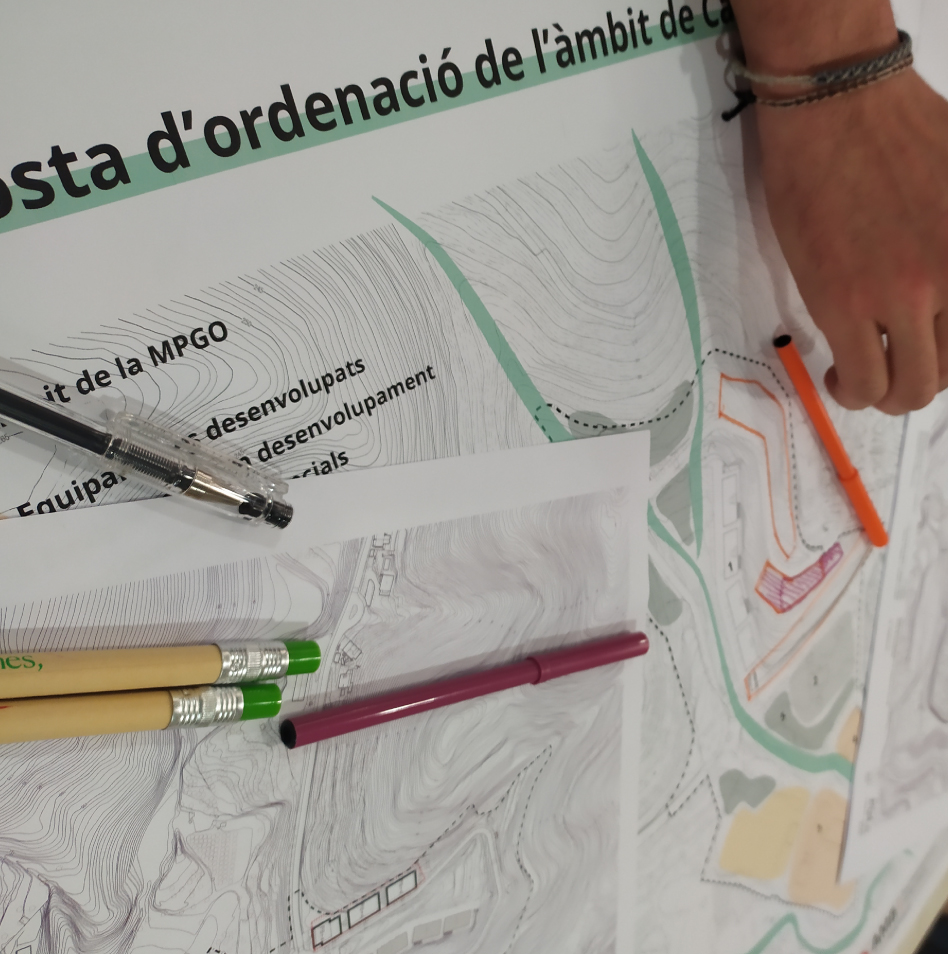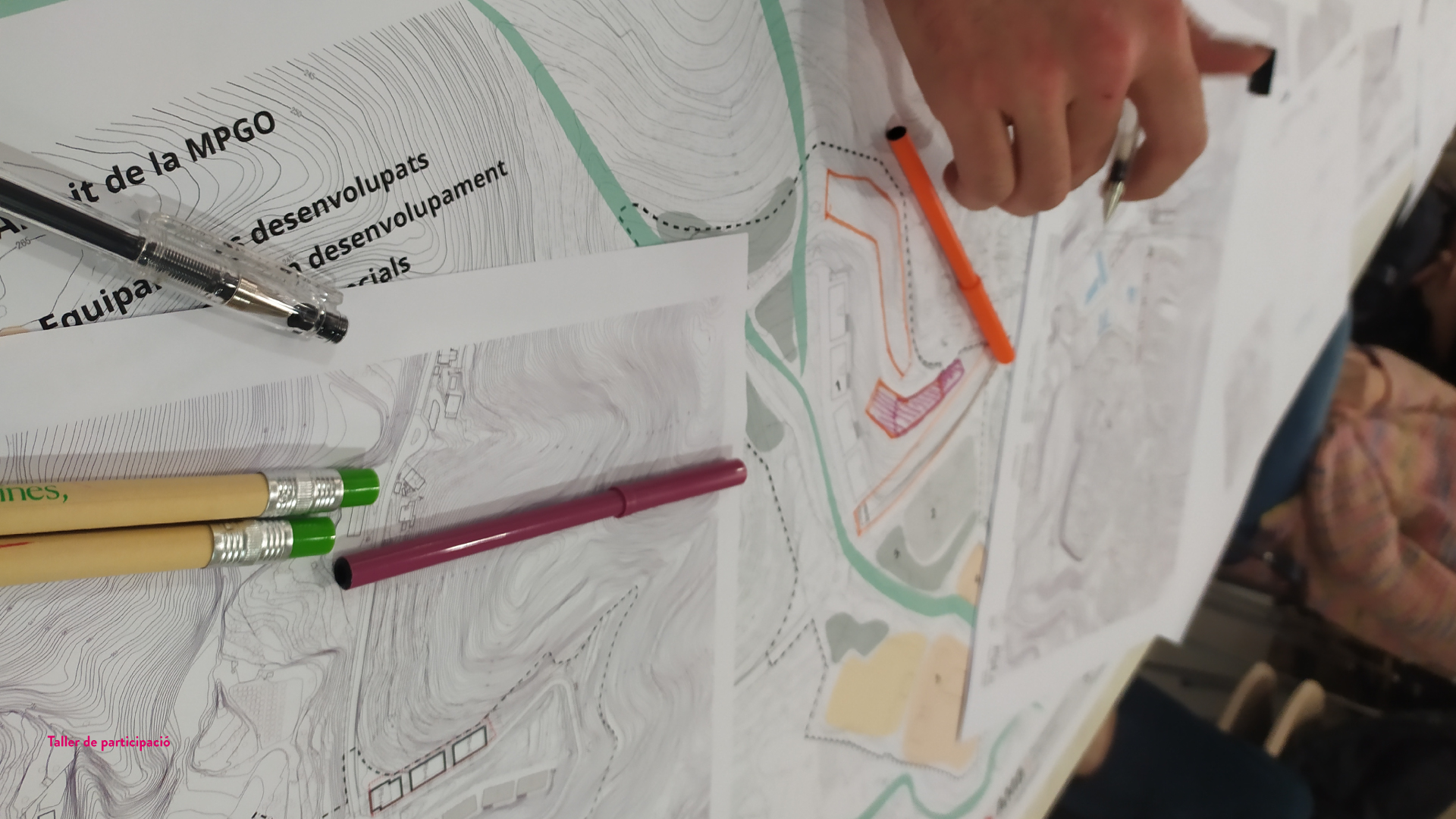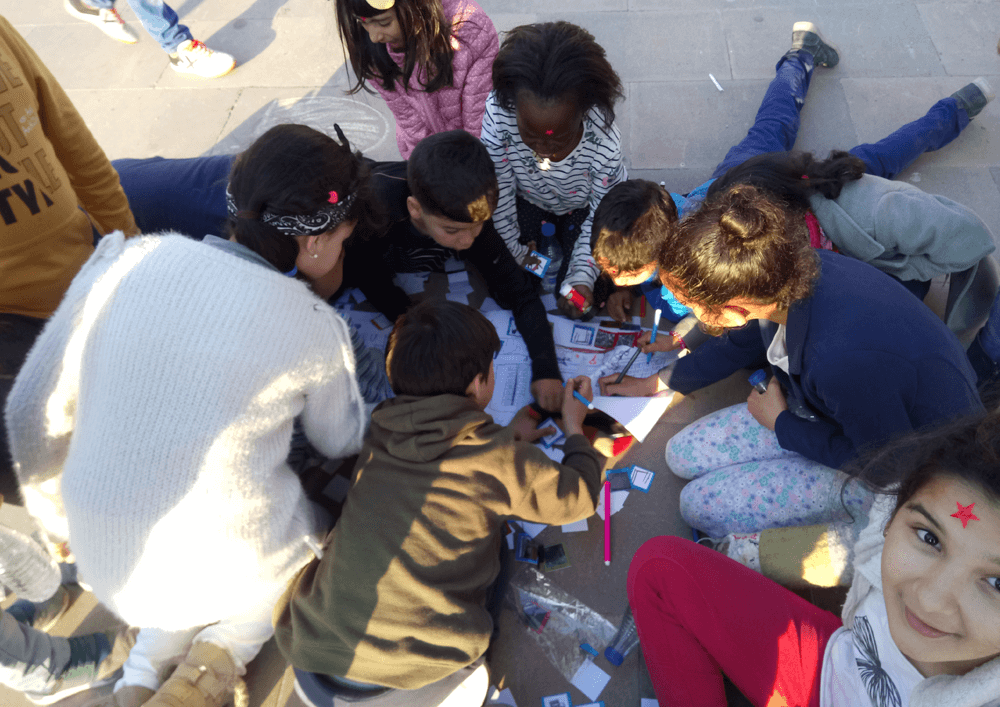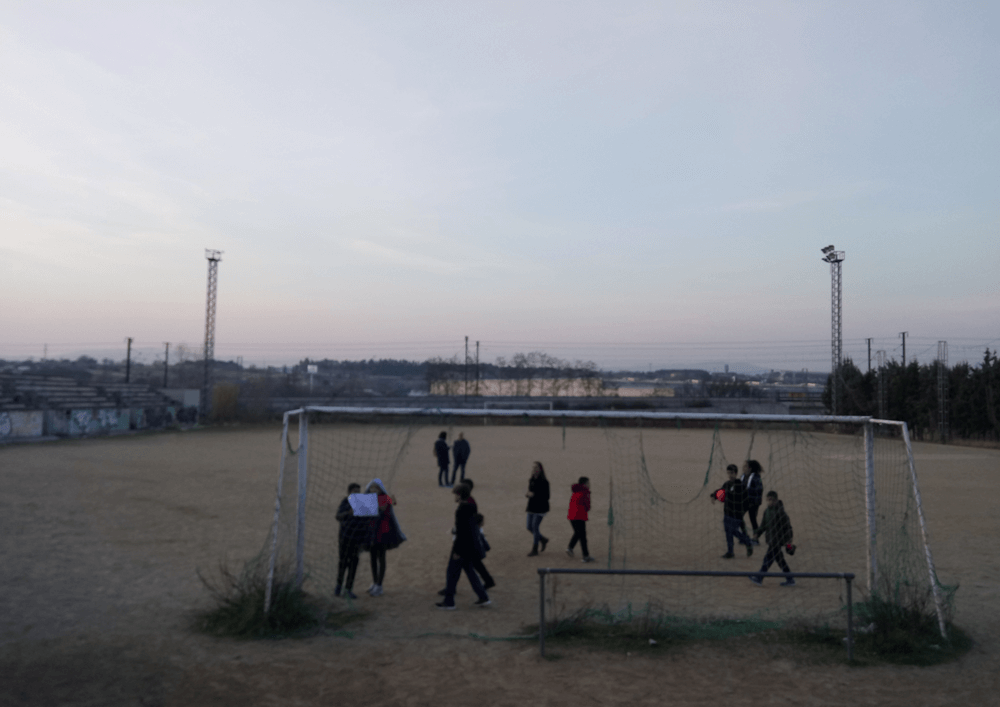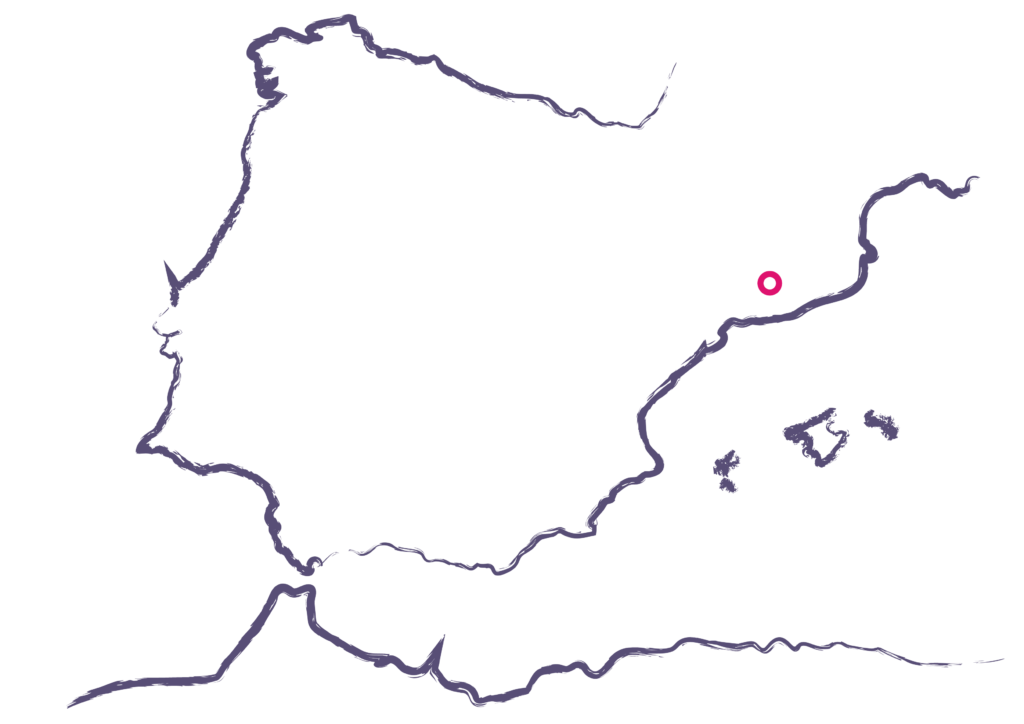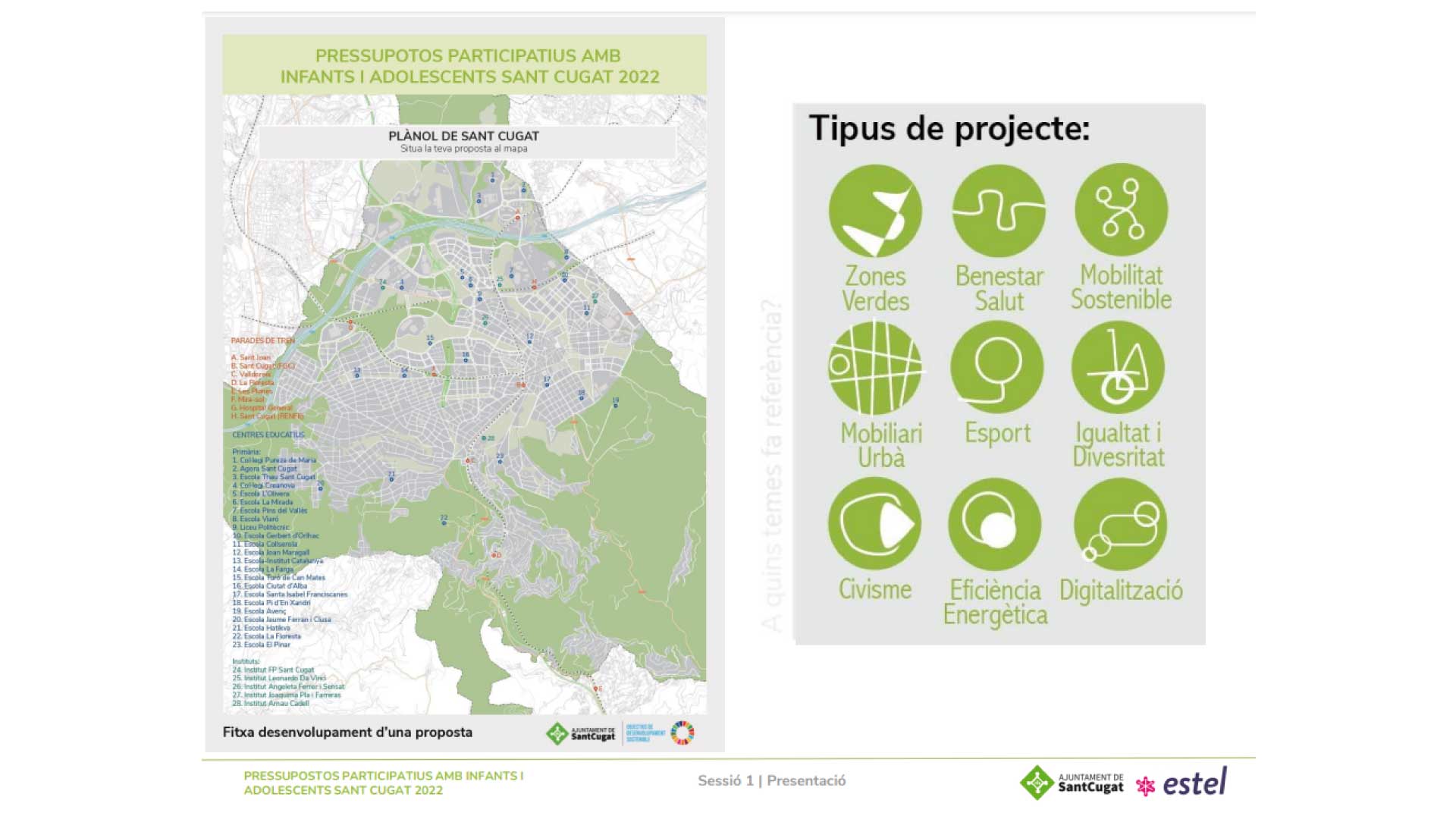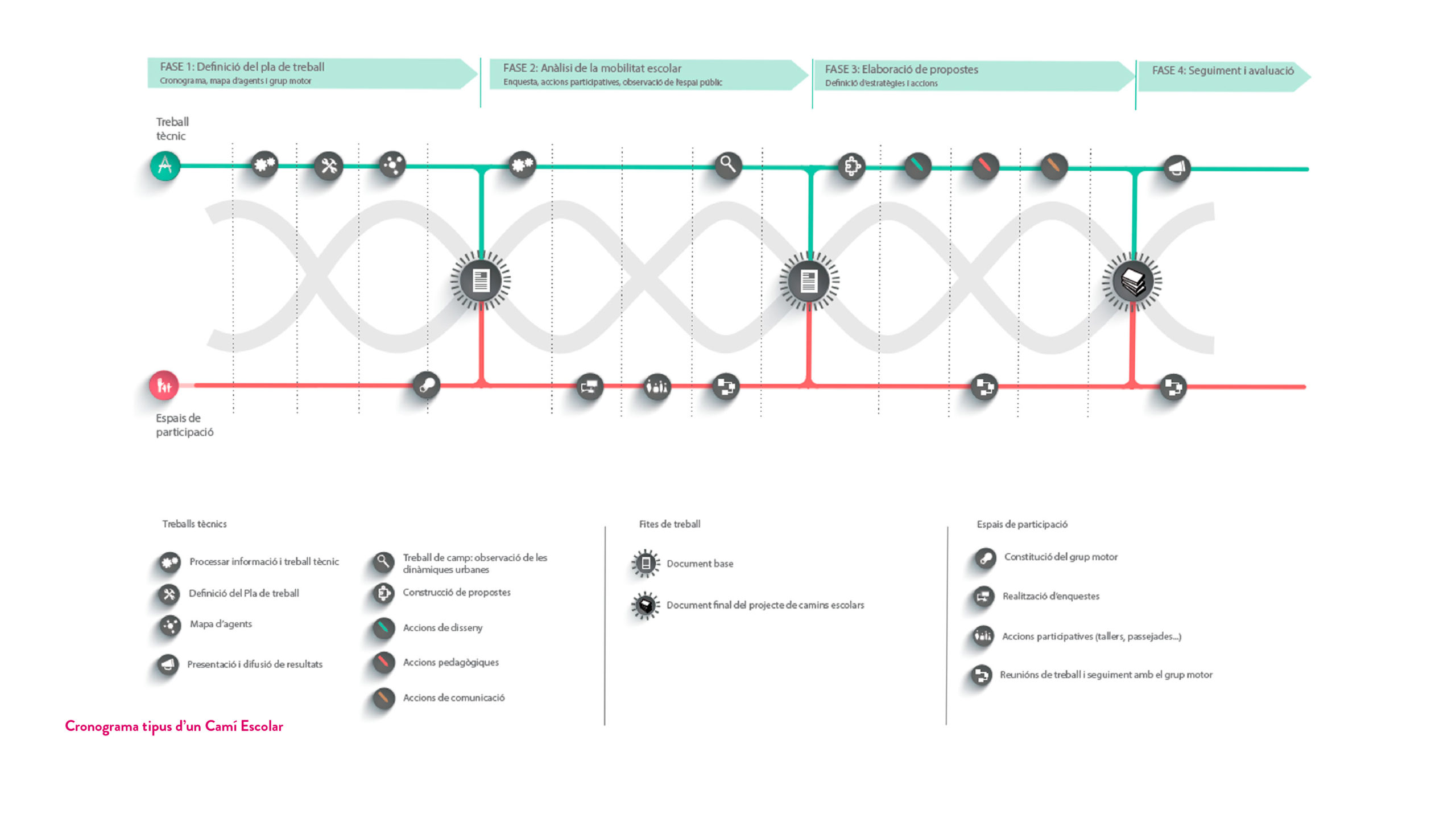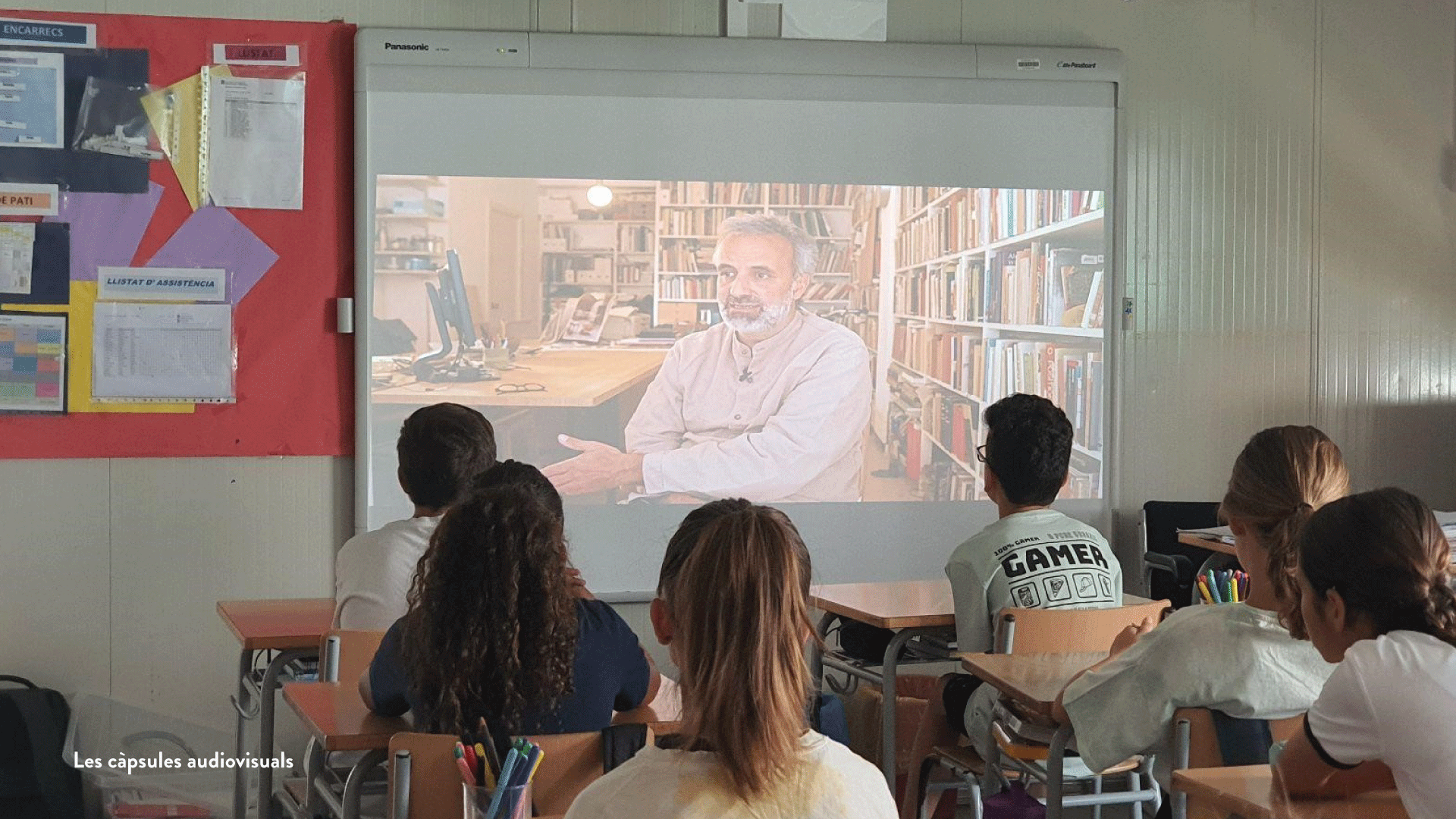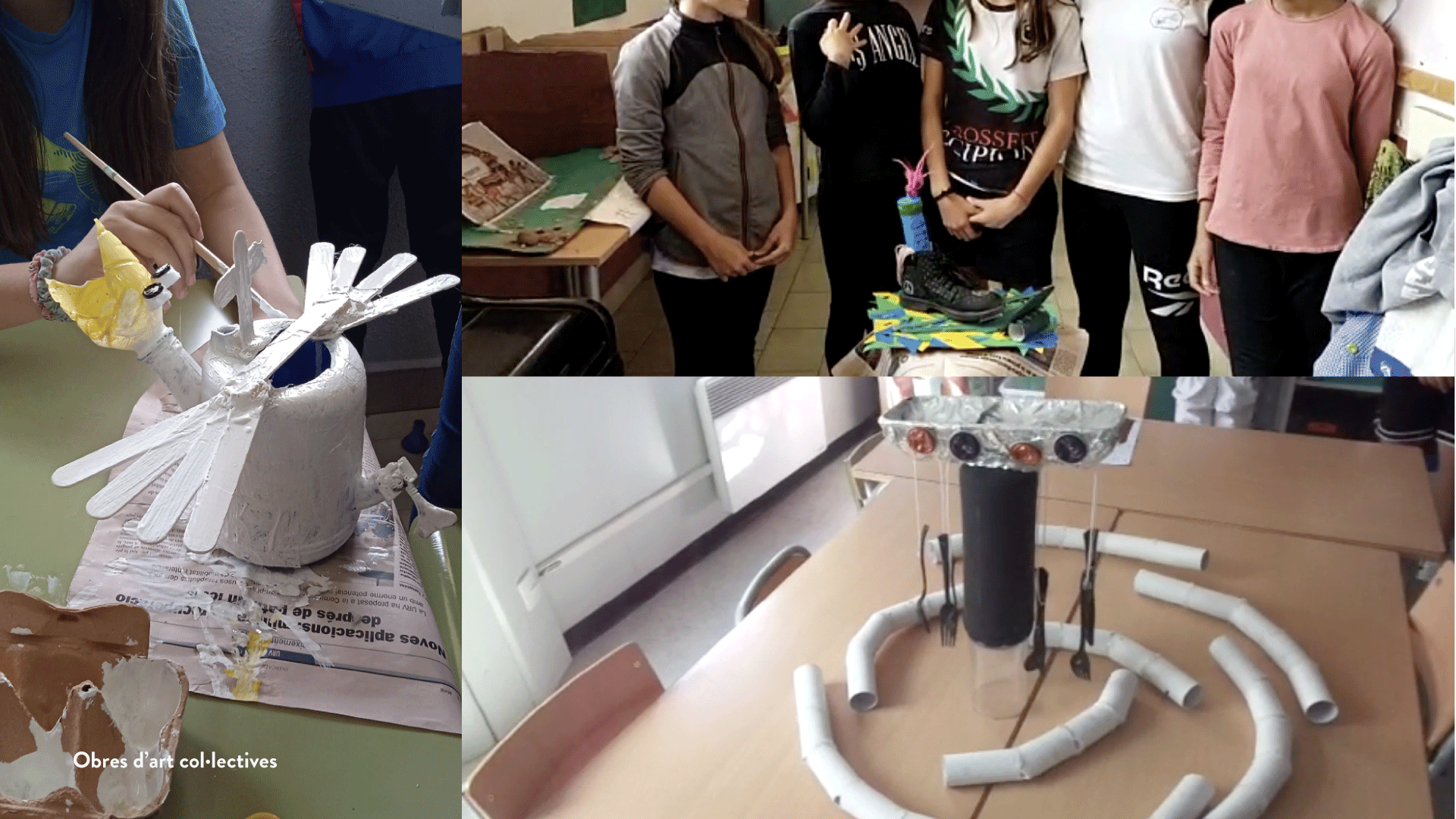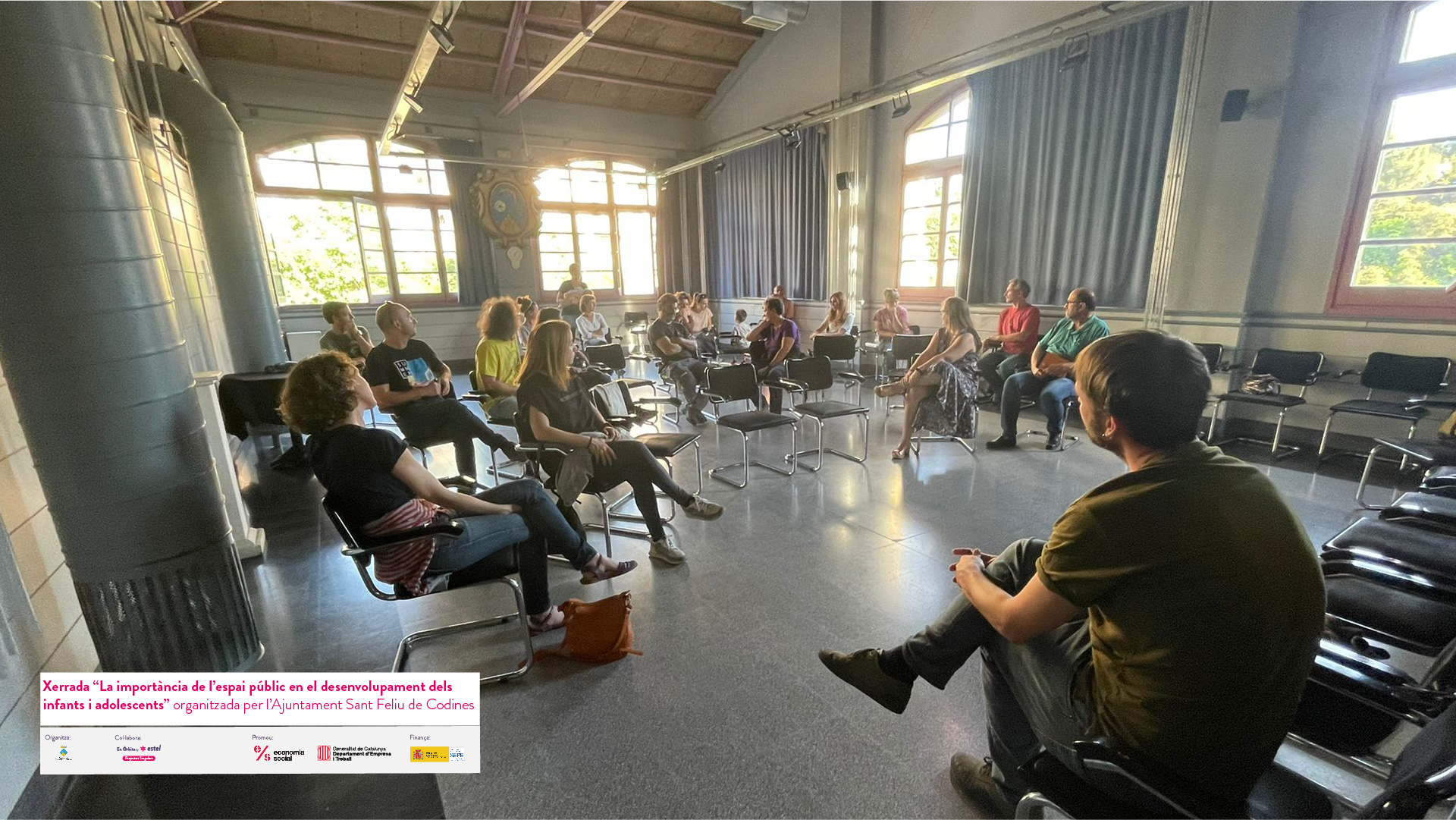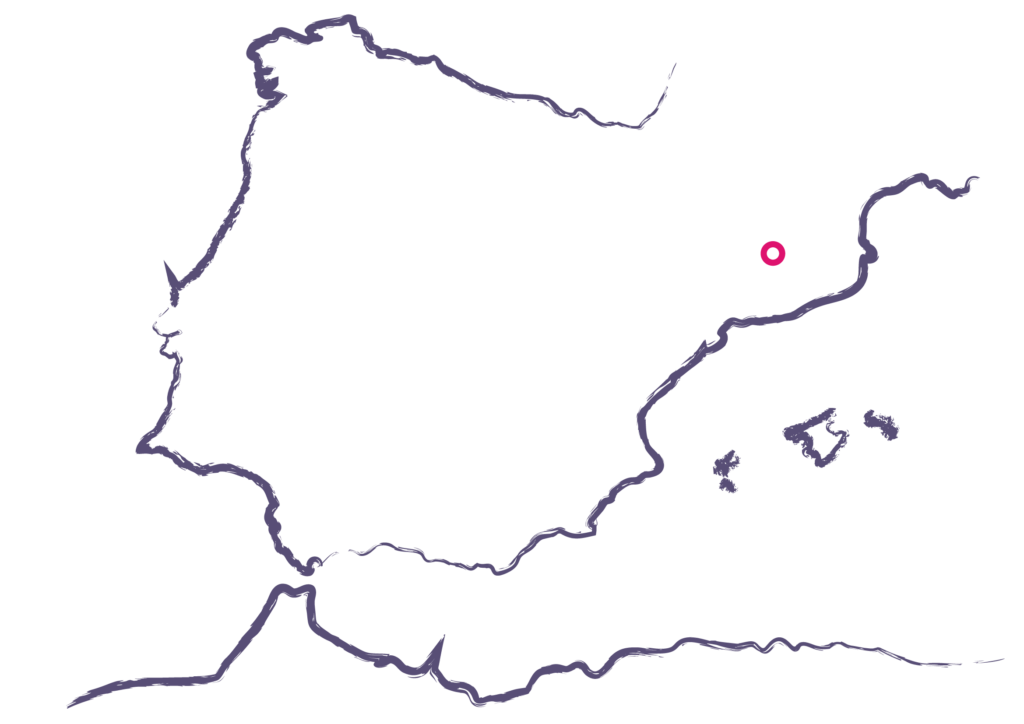Exhibition: 50 Years of Women's Football in Manresa.
The Women's Struggle in the World of Sports







“Sports have historically been predominantly practiced by men. Despite being more than half of the world’s population, women have had to earn the right to participate in sports. In Manresa, fifty years ago, a group of girls decided to play football when it was still considered a men’s sport, initially to raise some money for their end-of-year trip, and later as part of a team: SOFFMIC, which competed in the I Women’s Football Championship of Catalonia, Pernod Cup. Taking advantage of this anniversary, the exhibition traces the history of women’s sports in Manresa from the 1970s to the present…”
This is the introduction that opens the exhibition, which goes beyond commemorating fifty years of women’s football in Manresa. It seeks to showcase many pioneering Manresean women in various sports to the present day and also challenges the exhibition’s visitors to consider whether the progress made in recent years is enough to achieve gender equality in the world of sports.
This project has designed the exhibition layout and has conceptualized all the materials collected by the Women’s Group FF 1970-1971 to create a temporary exhibition with the goal of visibility, raising awareness, and, above all, prompting the audience to reflect. The ultimate intention is for the visitor to be more than just a passive observer but an active participant in the exhibition, using mechanisms of participation and interaction with the materials used.
Place
Manresa
[77.452 inhabitants]

Scale
Municipal
Type of project
Urban pedagogy
Duration
6 months [2021-2022]
Promoter
Women’s Group FF 1970-1971
(Àngels Arrufat Dalmau,
Mercè Maeso Delgado, Cloti
Morales Coca, Núria Zueras
Avellana)
Municipality of Manresa
Team
*estel (Alba Domínguez Ferrer)
Muntant Arquitectura (Clara
Casas Arrufat)
Collaborators
Women’s Group FF 1970-1971,
SIAD, El Casino Library,
Women’s and LGTB+ Affairs
Council, Sports Council, Culture
Council, Manresa Comarcal
Archive, Porquet Prat Signs,
REMSA, Club Atlético Manresa,
Egiba Gymnastics Club, Manresa
Swimming Club, Manresa Tennis
Club, Gimnàstic Manresa,
Manresa Sports Center, Catalan
Football Federation, SQUADRA,
Montserrat Margarit Costa,
Margarita Martínez Figueras,
Jordi Serra Morales, Foto-Art,
Serra Morales Family. Thanks to
all individuals for providing
photos and information, and to
the media that allowed us to use
the news.


